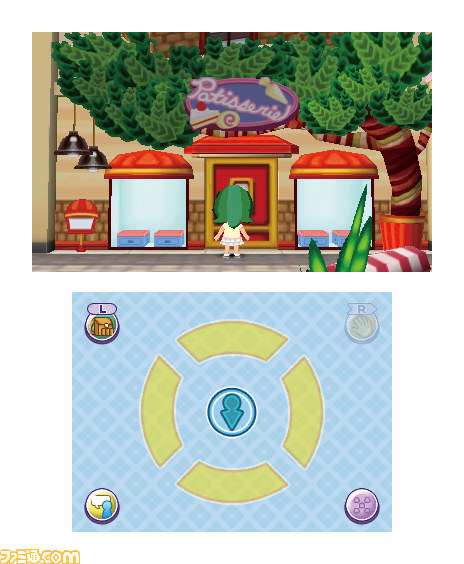
Together, they boldly challenge the societal norms of their era. At its core, The Reluctant Dragon tells a heartwarming story of friendship among three outsiders: a boy who "reads too much" and the atypical knight and dragon he befriends who defy the conventional character archetypes found within his stories. In a monumental leap for Disney, the year 1941 witnessed the release of The Reluctant Dragon. Originally meaning "strange" or "peculiar," queer came to be used as a term that embodied the notion of "different" or "other," with respect to sexual orientation or the performance of gender outside traditional roles.

Not to be confused with "gay," queer is an umbrella term for people who are not heterosexual or are not cisgender. This is the subtextual coding of a character in media as queer. While the Code did not explicitly mention homosexuality in its language, it was understood to fall under the category of banned "sex perversion." This led filmmakers, including Disney, to utilize a technique called queer coding.

Enforced by the Motion Picture Association of America from 1934 to 1968, The Hays Code established a set of moral guidelines that dictated the boundaries of film content. (For those reading between the lines, that is.) Due to the restrictive guidelines of The Motion Picture Production Code, more popularly known as The Hays Code, queerness could only be hinted at, rather than unambiguously shown. Queer narratives were present in Disney's films as early as 1930.

But first, it is essential to grasp the historical context and the profound influence of the Hays Code, which shaped the portrayal of queer characters in movies for decades. Beginning with the pioneering queer character in The Reluctant Dragon in 1941, we'll trace the intricate threads of queer coding woven throughout films to the present day. To truly appreciate the evolution of Disney's LGBTQ+ representation, we have to look at their complex history of queer narratives spanning almost 100 years.


 0 kommentar(er)
0 kommentar(er)
